Content from the Brookings-Tsinghua Public Policy Center is now archived. Since October 1, 2020, Brookings has maintained a limited partnership with Tsinghua University School of Public Policy and Management that is intended to facilitate jointly organized dialogues, meetings, and/or events.
As Asian diplomacy kicks into high gear over the coming months, Taiwan will continue to enjoy strong bipartisan support in Washington. But it may put itself at risk if it urges greater U.S. activism on cross-Strait issues to the point of inviting presidential intervention, writes Ryan Hass. This piece originally appeared in the Taipei Times.
Asian diplomacy will kick into high gear over the coming months. Autumn is the season of the United Nations General Assembly, the G20 Leaders’ Summit, the Asia-Pacific Economic Cooperation (APEC) Leaders’ Meeting, and the East Asia Summit, as well as the many leader-level meetings that occur on the margins of these events. The outcomes of these meetings will set the direction for developments in the region for the year ahead.
As this season approaches, here are a few key Asian diplomatic trends to watch:
The first key storyline is the situation on the Korean Peninsula. Guided by his unwavering determination to advance inter-Korean reconciliation, South Korean President Moon Jae-in traveled to Pyongyang on Sept. 18-20. He next will travel to New York for the United Nations General Assembly, where he will urge the UN to cheer on progress toward peace on the Korean Peninsula.
When Moon meets with Trump on the margins of the United Nations proceedings, he almost certainly will encourage Trump to hold a second summit with Kim Jong-un this fall. He likely also will nudge Trump to use a second summit to sign a declaration of an end to hostilities, as a step toward an eventual peace accord to formally end the Korean War. If this sequence materializes, North Korea simultaneously will have improved relations with South Korea, the United States, and China, all without having made meaningful concessions on its nuclear program.
Another key storyline will be China’s charm offensives. Xi Jinping (習近平) will host Japanese Prime Minister Abe in late October on the occasion of the 40th anniversary of the Treaty of Peace and Friendship between China and Japan. This visit follows Xi’s rapprochement with Indian Prime Minister Modi in April, his hosting of virtually all of Africa’s leaders in Beijing earlier this month for the Forum on China-Africa Cooperation, as well as his high-profile engagement with Russian President Putin in Vladivostok earlier this month. Chinese Premier Li Keqiang (李克強) similarly has been working to pull the European Union closer to China, including through efforts to conclude a China-EU Bilateral Investment Treaty.
Xi also will advance China’s diplomatic agenda through an ambitious schedule of visits to Latin American countries around the time of the G20 and to Southeast Asian nations alongside his participation at the APEC Leaders’ Meeting. Even if these visits produce few lasting and tangible outcomes, the optics of Xi enjoying high-profile receptions around the world will reinforce a popular narrative of China being on the march. Such a perception will be amplified by the likely isolation of the American president among his peers at the G20, and then by Trump’s voluntary choice not to attend APEC and the East Asia Summit.
A third significant storyline in the region will be the persistent deterioration of U.S.-China relations. At the moment, cooperation is a fading concept, and competition increasingly is giving way to confrontation. Neither side sees value in reaching compromise with the other, in large part because neither has confidence that doing so would resolve the underlying causes of confrontation — America’s fear of China’s determination to dominate Asia, and China’s entrenched belief that the United States is scapegoating China for its own domestic problems and is determined to derail China’s rise. Even though worsening relations are harming both sides through tit-for-tat tariffs, lost coordination on shared challenges, and less security at greater cost, neither leader seems willing to pull back from confrontation, for fear that doing so would signal weakness through perceived capitulation to pressure from the other.
There likely will be pauses in the downward spiral of U.S.-China relations this fall — and perhaps even glimmers of hope — when senior-level officials meet to tee up an expected Trump-Xi meeting on the sidelines of the G20. While a chance remains that the two leaders will call a truce on trade tensions and commit to stabilize the bilateral relationship when they meet face-to-face, the more likely scenario is that the bilateral relationship will continue on a downward trajectory for the foreseeable future.
In short, the policy agenda in Asia will be crowded in the coming months. The United States’ ability to manage these cross-currents will be handicapped by a president that is distracted and disengaged from the traditional role of the office — serving as an agenda-setter and leader for the region. Trump conceptualizes his role differently from his predecessors. He openly questions the benefits of alliances and is unencumbered by traditional American values such as human rights and democracy promotion in his foreign policy. He is guided by nationalism, nativism, and unilateralism. Observers should take him at his word that he will always “put America first,” even if doing so comes at the expense of an erosion of American influence in Asia over the longer term.
So, what does this all add up to for Taiwan? Taiwan will continue to enjoy strong bipartisan support in Washington, including from President Trump’s staff. But Taiwan may be putting itself at risk if it raises its profile in urging greater U.S. activism on cross-Strait issues to the point of inviting presidential intervention in policy decisions. Trump’s unawareness of past precedent, confidence in his own instincts, and overall unpredictability is a factor that both sides of the Taiwan Strait will need to calculate as they consider next steps in managing cross-Strait relations.
The Brookings Institution is committed to quality, independence, and impact.
We are supported by a diverse array of funders. In line with our values and policies, each Brookings publication represents the sole views of its author(s).
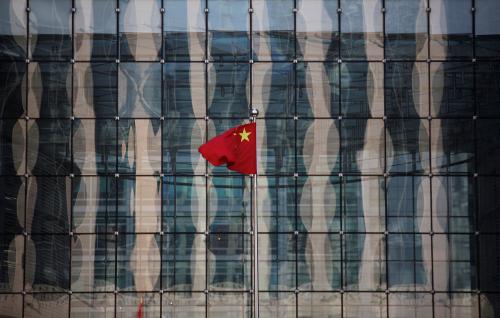
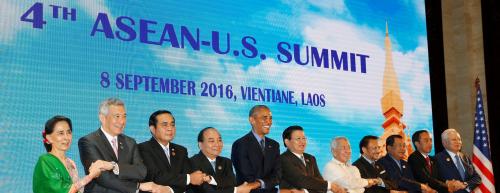
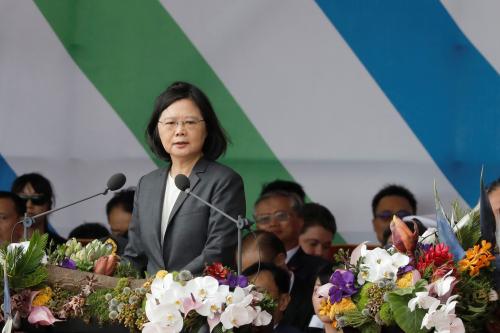

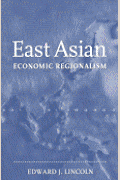
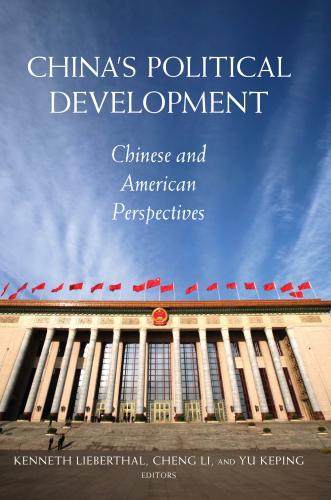



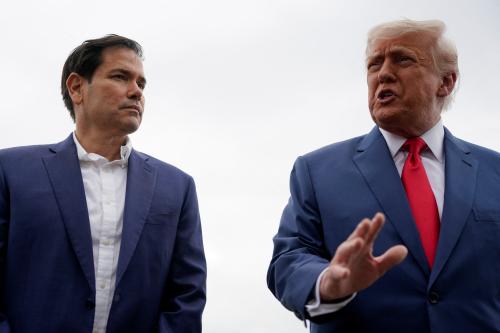
Commentary
Op-edNavigating Asia’s diplomatic tides in Taiwan
Friday, September 28, 2018